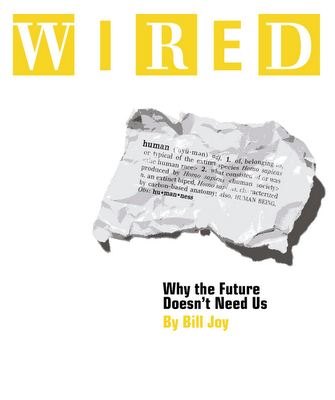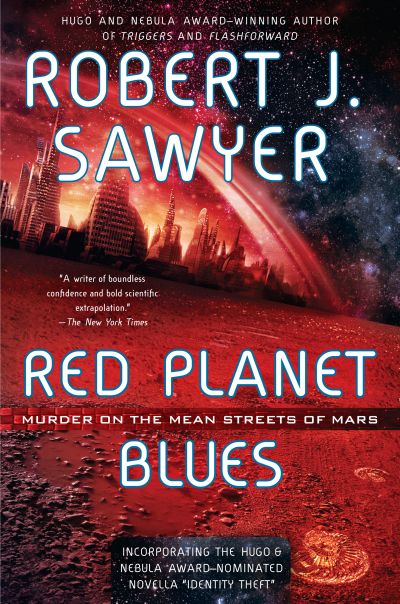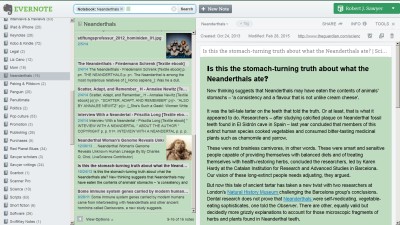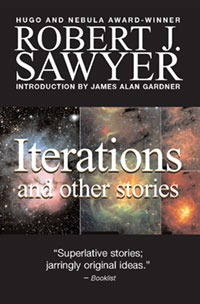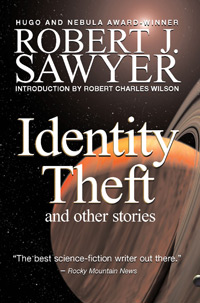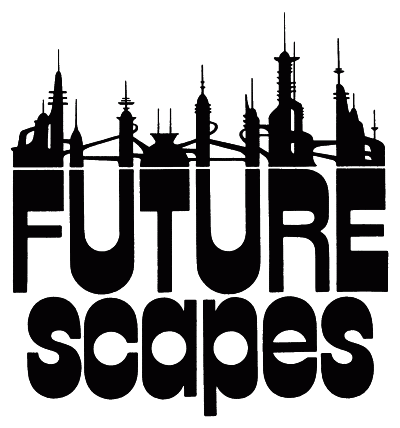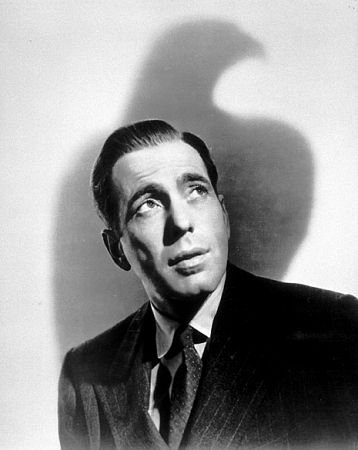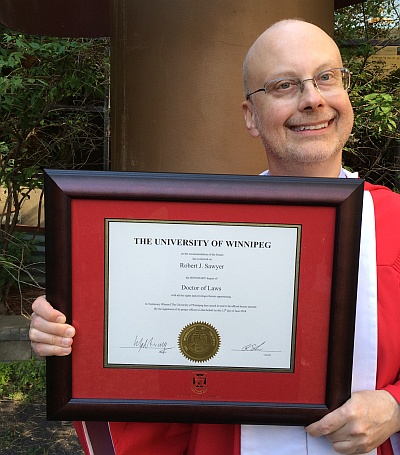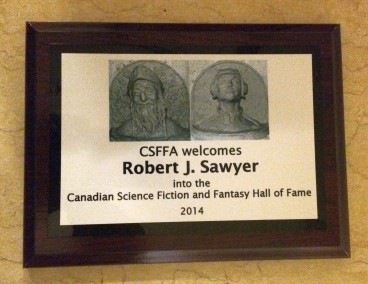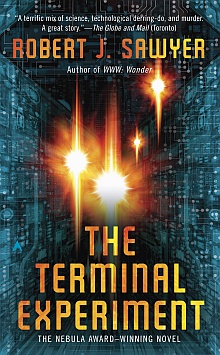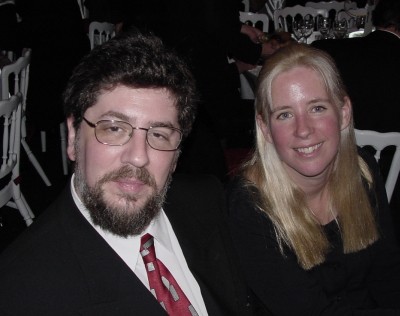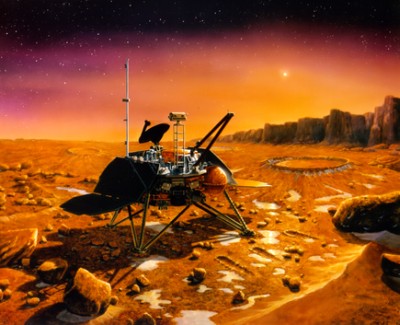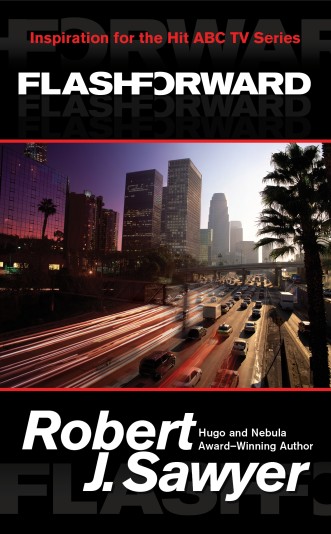
Well, we never got to make a second season of FlashForward, the ABC TV series based on my Aurora Award-winning novel of the same name. But here’s the memo I sent to the producers and staff writers five years ago today (February 19, 2010) outlining my suggestion for Season Two:
===
Hi, All.
Since you’re exploring ideas for Season Two, I’d like to make a pitch. For better or worse, FlashForward was initially presented as the “new Lost.” We got good numbers for the pilot, but then people started turning away; our audience shrunk week after week. Why? Because we didn’t live up to that billing; we weren’t the new Lost after all.
So, what does Lost have that we didn’t?
First, Lost depicted a huge disaster — the crash of the Oceanic Airlines flight 815 — and a desperate bid for survival in the aftermath of that crash, a survivalist theme that has lasted for many years now.
But FlashForward didn’t do that. Oh, we depicted a huge disaster, then just sort of pushed it all aside, and went on pretty much as if it had never happened.
By the end of the pilot, “No More Good Days,” Mark and Olivia manage to magically drive home immediately following the flashforwards, despite all of the car wrecks that should have made road travel impossible for many days.
Shortly thereafter, instead of air travel still being grounded, Mark and Janis were jaunting off to Europe. And instead of Olivia dealing with tens of thousands of injuries for weeks on end, she was soon seen devoting her efforts to performing surgery on a Squirrelio doll. And by the time Halloween rolled around, everyone was trick-or-treating as if nothing had happened at all.
We kept telling people that this was the biggest disaster in human history, but showing them that it, in fact, had less impact on day-to-day life for most people than did 9/11.
What else did Lost give us? A small group of characters forced to depend on each other for survival despite their competing agendas.
One of our notions early on was that Lost had only 40 stories to tell, while we had 7 billion. But in fact, we ended up almost never telling stories about the flashforwards of people outside our core group. We did it once with the guy who had Addison’s disease, but that was about it for flashforward-of-the-week episodes, and instead we became fixated on people who didn’t have flashforwards — Demetri, the Blue Hand members, etc., which would be a bit like Lost becoming fixated on people who had planned to be on that Oceanic flight, but had missed boarding it in time for take off.
Lost worked because we understood why we were concentrating on these 40 people — they were isolated from all of humanity.
FlashForward didn’t work because we were concentrating on our ten or so regulars, who, in many cases, had problems the viewers found banal — surely somebody, somewhere, our viewers were thinking, has to have had a more interesting flashforward than an AA guy who saw himself drinking, or a woman who saw herself with a man who wasn’t her husband … but we kept going back to those storylines, without explaining why our focus was so tight even though the whole world had been affected.
And, finally, Lost, while concentrating on its core group, was able to widen the sweep to include other people as needed through flashbacks to earlier events. That kept Lost from ever getting claustrophobic, despite the confined setting and small number of people stranded on the island.
So, is there a way to actually make FlashForward the new Lost in season two? That is:
(1) is there a way to make it about a huge disaster again — and actually about dealing with the aftermath of that disaster and the need for survival;
(2) is there a way to explain why we’re focussing on a small core group, instead of telling the story of a worldwide event affecting 7 billion people; and
(3) is there a way to build a structure that includes intriguing flashbacks that periodically expand our focus?
I think the answer on all three points is yes, and although I didn’t frame it in the above terms (as a way to make FlashForward really deserve the designation of “the new Lost”), I did suggest the scenario below to David Goyer in a memo on November 19, 2009, and I’d like to repeat that pitch again, in modified form. Obviously, some story details have changed since then, but you’ll get the gist:
===
Why are the bad guys so desperate to perfect the replicating of flashforwards? Answer: they got too greedy, with disastrous consequences. They’ve been orchestrating miniature isolated flashforwards for years now (since 1991) in hopes, as I said in a previous memo, of gaining financial information from the future.
But they’ve also seen that the next flashforward (the one that will occur at the end of season one) will cause not just a global blackout (that is, not just a shutting down of the conscious part of the brain, leaving the autonomic part — controlling heartbeat, breathing, etc. — operating) but a total global brain-function shutdown: all seven billion people will die; their conscious, unconscious, and autonomic functioning stopping.
That could be our killer end-of-season-one moment: everyone (except for Simon and a few others wearing the QED rings) looking out at the Los Angeles landscape littered with collapsed bodies, and this dialog:
SIMON: “Another blackout. How long till they wake up this time?”
McDOW: “They don’t. They’re not unconscious. They’re dead. All seven billion of them.”
Off Simon to the end credits — and onward to Season Two!
From there, you’ve got a great springboard for what could truly be the new Lost:
* a handful of characters who didn’t die (those wearing the QED rings, plus, if we want, others who were protected some other way);
* disaster on a gigantic scale — the entire world shut down, and no hope of food or electricity production, etc., coming back online, because there just aren’t any people left operate the equipment, forcing our characters to fight to survive.
In other words, it’s a story about a small band of characters struggling to survive without modern comforts — just like Lost.
And it’s now logically a story about a handful of characters (our survivors) instead of the whole (now dead) human race — just like Lost.
And, of course, to tell the backstory (which I outline in the next few paragraphs), we would need flashbacks, and so we could, as needed, expand the cast of characters — just like Lost.
Indeed, we could contrive it that the season-one-ending blackout that killed almost everyone had the effect of causing spontaneous, unpredictable time displacement for those characters who did survive, giving them flashbacks and flashfowards — just like Lost.
Here’s the proposed backstory and ultimate quest: The goal of the “bad guys” we met in season one (Flosso’s employers) was to find a way to jump the consciousness of the human race PAST the total global shutdown, reanimating everyone; they’re out to save humanity (including themselves, as a subset of that humanity — they’re not altruists).
This could be the resonance for Charlie’s “No More Good Days” line — she, and Flosso’s employers, had seen that no matter which one of the many worlds that might exist comes to pass, in all of them humanity is dead; no matter how you slice the future, there are no more good days — unless our people find a way to leapfrog consciousness ahead, resurrecting the human race.
And thus, in our first-season finale, we see that Charlie is in fact quoting something she heard Lloyd say on April 29, 2010: in all the many worlds yet to come that branch off of this now, humanity is dead. Lloyd, in looking at the formula Dylan has written in lipstick on the mirror, realizes that a consequence of it is that a synchronized multi-accelerator event like Flosso’s people are planning will not displace consciousness; it will destroy it.
(Also, this could help rehabilitate Janis as the mole: she knows that helping the bad guys is the only way to ultimately save humanity.)
What we end up with is a Season Two that really is about a disaster, but a much bigger one than Lost ever portrayed, with the stakes — the resurrection of humanity — much higher than any Lost ever dealt with. We end up not just being the new Lost, but Lost to the max — bigger, grander, and even more involving.
All best wishes.
Rob
Robert J. Sawyer online:
Website • Facebook • Twitter • Email


